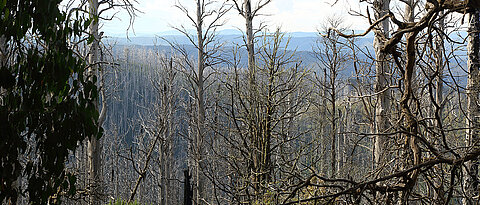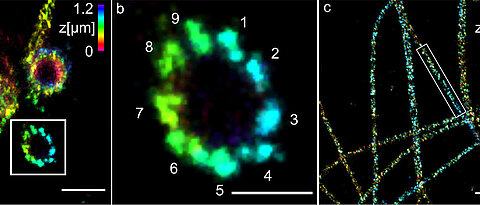The Pressure Sensor of the Venus Flytrap
12/11/2020
The display of a smartphone reacts to finger pressure. The carnivorous Venus flytrap, on the other hand, even notices when a lightweight like a fly lands on it. Special genes make this possible.
more






















